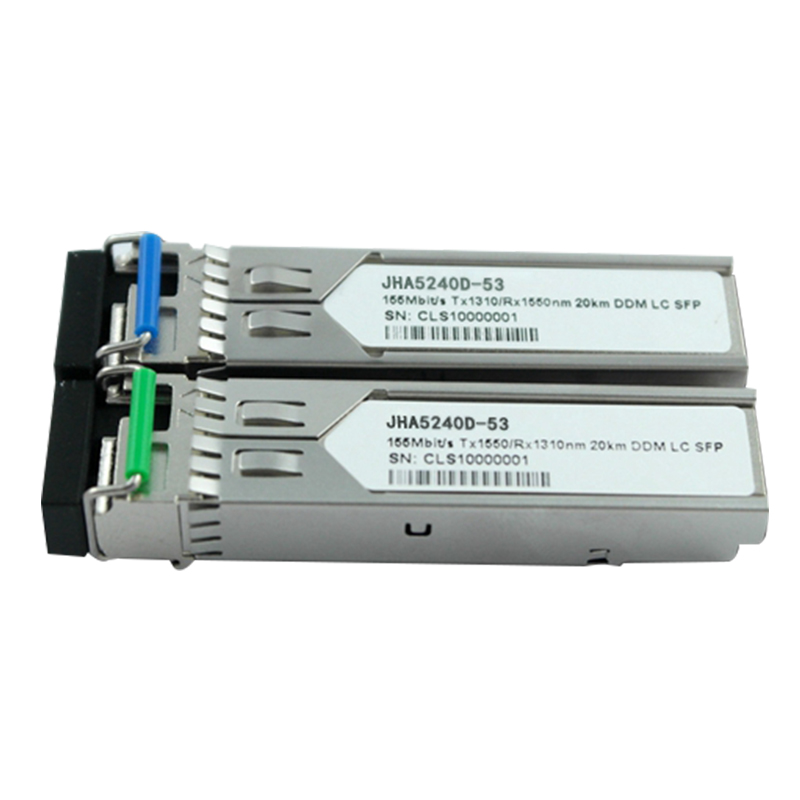Many people may not know that optical modules are an indispensable part of all network connection deployments. The emergence of a product often corresponds to market demand. Most of the optical modules we usually encounter can only meet the network deployment of commercial data centers. So how can the network deployment of large-scale industries meet the realization?
What is an industrial optical module?
The operating temperature of the optical module is one of its most important parameters, and it can affect other parameters of the optical module. When the ambient temperature applied by the optical module changes, its operating current and other parameters will also change accordingly, which will affect its normal transmission.Industrial-grade optical modules are products developed in response to this problem. Ordinary optical modules are mostly commercial-grade optical modules, with a normal working temperature of 0~70℃; while the working temperature of industrial-grade optical modules is -40℃~85℃, it can work in 85℃ high temperature and sub-zero harsh environment. In addition, industrial-grade optical modules must be designed with scene hardening components in terms of electrical components and housings to ensure the service life of the module.
Application of Industrial Optical Module:
Industrial-grade optical modules are mostly used in industrial Ethernet networks such as industrial and factory automation, outdoor applications, railways and intelligent transportation systems, marine, oil, natural gas, mining and other fields such as industrial optical fiber media converters or Ethernet switches. Industrial-grade optical modules can meet the long-lasting stability of industrial Ethernet in harsh working environments.
How to achieve industrial-grade standards for optical modules
The main reference standard for industrial-grade optical modules lies in their operating temperature, so how to achieve this standard?
1. Hardware compliance: The chips and lasers used in industrial-grade optical modules must be products that reach industrial temperature levels.
2. Physical cooling: Industrial optical modules must have a self-cooling function to meet stable operation at high temperatures. Industrial optical modules mainly use heat-dissipating silica gel for physical cooling, so that the heat generated by the laser can be dissipated as quickly as possible.
3. Temperature compensation: When the industrial-grade optical module operates in sub-zero temperature, in order to make its performance not be affected, it must be temperature compensated to ensure its normal operation at low temperature. The work of temperature compensation is more complicated, and it takes a lot of time for technicians to calculate and write. This is also the main reason why the price of industrial-grade
Post time: Sep-07-2020






